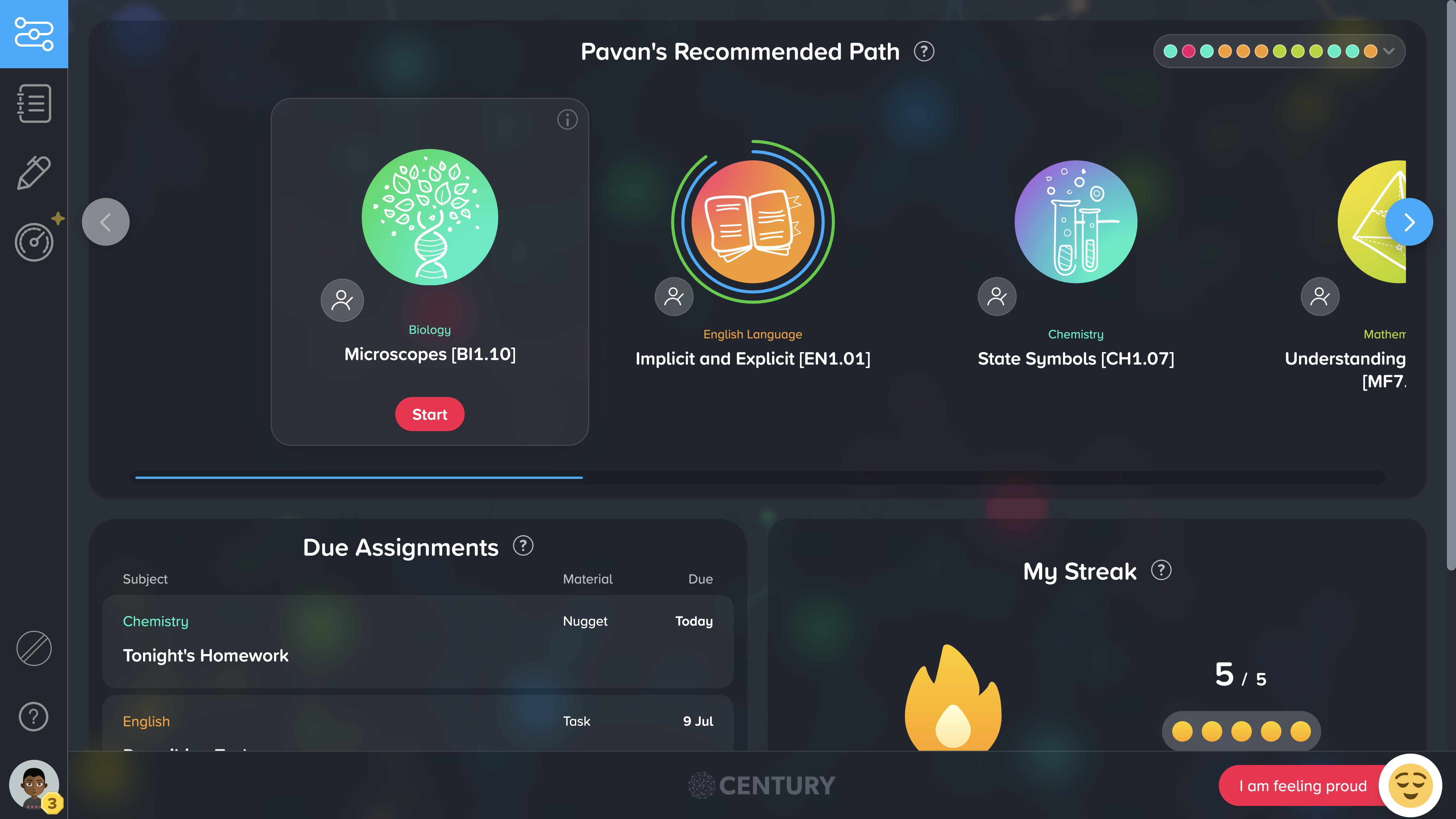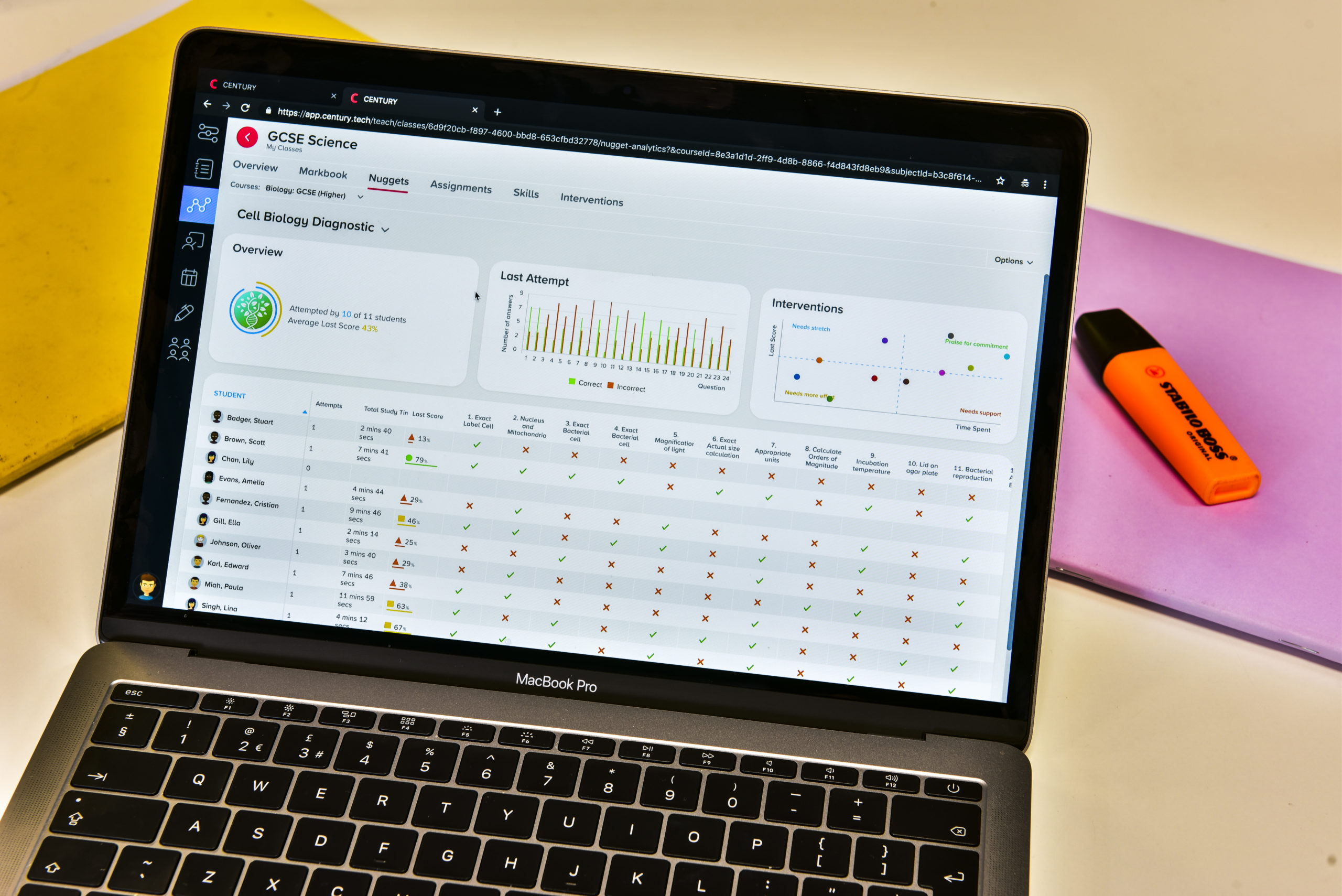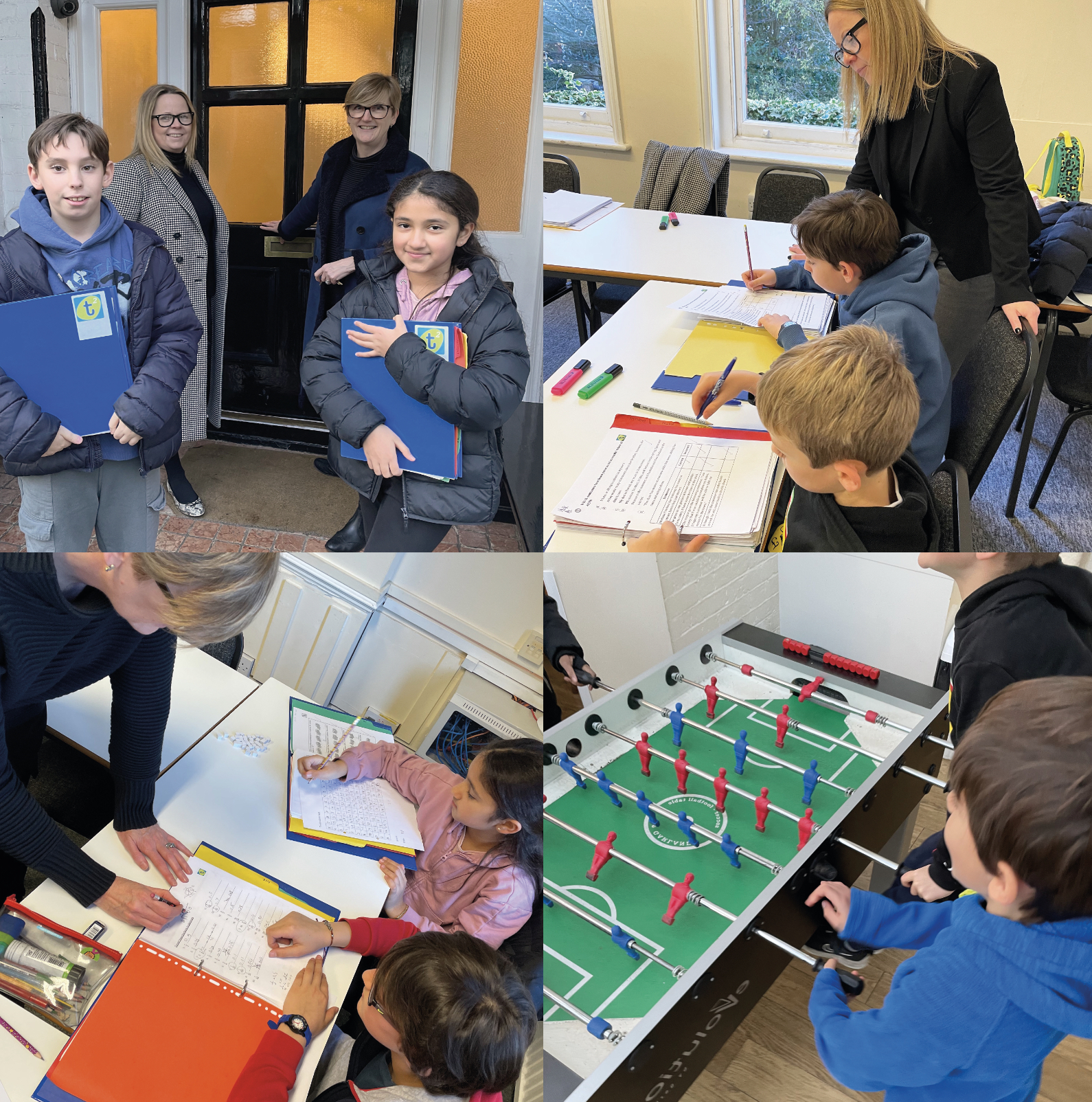Estimated reading time: 7 minutes
On the face of it, using differentiation to ensure that individual learners’ needs are met has obvious benefits. It helps to prevent high-flying learners from becoming disengaged as a result of a lack of challenge, and it means that those who are struggling are provided with the support they need to make progress. In short, it aims to give every learner a better shot at reaching their full potential.
However, as every teacher knows, it isn't this straightforward in practice. Whilst one learner may find it unfair that they are given ‘harder’ work than their peers, another may express embarassment about being given 'easier' work, ultimately leaving both feeling demotivated.
Additionally, it is incredibly difficult and time consuming for teachers to create differentiated learning resources, gain enough data insights to know when and how to differentiate, provide evidence of differentiation, and monitor whether or not it is working.
In this blog post, we outline three of the key features of CENTURY that can help teachers to effectively differentiate learning with these considerations in mind.
Personalised pathways
The personalised learning pathways on CENTURY differentiate the content shown to learners based on each individual’s gaps in knowledge, and they constantly adapt as learners complete more nuggets (micro-lessons). This means that the content learners are shown is not differentiated solely on the results of one test they took at the beginning of a half term, so they are not tied to a certain level.
Teachers can also manually add nuggets to learners’ pathways so that the content covered in lessons is practised and reinforced on CENTURY, whilst the differentiated pathways help to supplement these with content that is of an appropriate level of challenge and stretch. For example, if a teacher were to assign a whole class a nugget on ‘analysing similes’ and one pupil were to score poorly on this, they may be directly taken to one on ‘identifying similes’.
As every learner’s pathway is unique, learners do not have their confidence damaged or become complacent as a result of seeing that they have been placed in a ‘lower’ or ‘higher’ group. All they know is that the work they are doing is going to help them.
“A fantastic thing about differentiation on CENTURY is that it’s so discreet. The pupils won’t know that the person sitting next to them is learning something completely different to them, because it’s on their own device and all they know is that they’re working through whatever nuggets are in front of them.”
- Laura Riley, Year 6 Teacher, Redlands Community School
Students can work through nuggets at their own pace
Allowing students who are struggling to have additional time to revisit materials and work through questions can be particularly difficult in a classroom setting when a large amount of content has to be covered in a limited amount of time.
There is no time limit on CENTURY nuggets (although teachers are able to see how long learners spend looking at the resources and answering each question), and learners are able to move between the questions and learning materials as many times as they wish. Once a nugget has been completed, learners also have the option to retry it if they wish to.
This helps to level the playing field for learners of mixed abilities, as the option for each individual to spend as much time as they need looking through the learning materials and questions gives those who are struggling a better shot at answering the questions correctly.
The main aim of completing the nuggets is for learners to practise and improve, not to beat the clock or compete against each other. This is likely to lead to higher scores, which in turn increases students’ confidence and enjoyment of the subject.
“What we were most excited about was using CENTURY to encourage our students to take more responsibility for their learning, providing them with an alternative way to learn at a pace which is comfortable to them and be able to see tangible evidence of their own improvement.”
- John Tose, GCSE Maths Coordinator, Northampton College
Using data insights from the platform to enable teachers to fill gaps
As soon as pupils have completed a nugget on the platform, teachers can instantly access their results and provide additional in-lesson support to those who need it within the lesson, rather than having to wait until a piece of homework has been handed in. This helps to prevent misconceptions from building up.
“This is a big win for me as a teacher. Previously I would just have my low, middle, and high groups in each class, and then differentiated the work accordingly. But with CENTURY, everyone is on a level playing field, and I can just adjust my approach depending on the difficulty of the topic. I can then easily group together the students who are struggling with the same concept, which is really helpful as it isn’t always the same children each time.”
- David Gross, Year 5 Teacher and Assessment and Humanities Lead, British School of Barcelona
One benefit of having access to these insights that our customers have shared with us is that they allow teaching to be differentiated based on learners’ needs within each specific topic, rather than always having the same 'higher', 'middle' and 'lower' groups and differentiating work for each of these groups accordingly.
Even the strongest of students will sometimes struggle with a new topic that you would not expect them to, and from time to time, all learners in a class will grasp a topic and be ready to move on without needing as much additional support as you may have predicted. Having instant access to formative assessment results for each topic allows teachers to immediately recognise this and differentiate accordingly.
Book a demo to find out more about how CENTURY can support your school or college.





